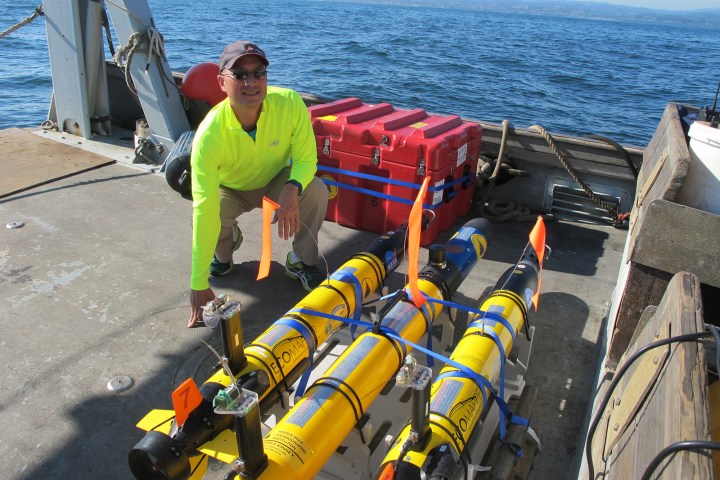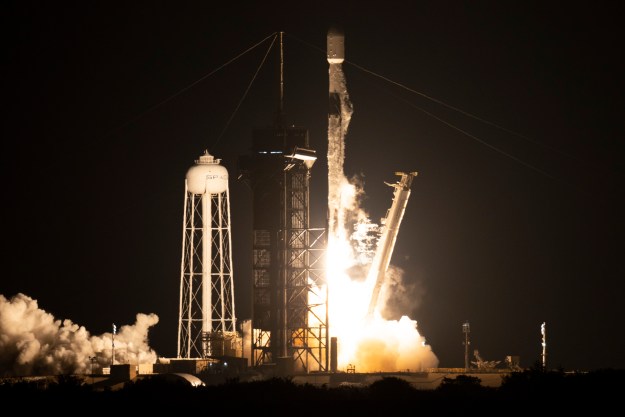
Researchers from NASA’s Jet Propulsion Laboratory at the California Institute of Technology and other organizations used a team of six coordinated drones in Monterey Bay, on the coast of California, earlier this year. While remotely controlled underwater submarine cameras are nothing new, the research team is hoping to teach the tools how to pick up clues from the environment on where to explore next.
The project aims to use artificial intelligence to teach the submersible drones to navigate based on what they find in the water around them. Researchers explained that the unmanned submarines would travel much the way marine life already does, in the way that plankton follow the nutrients in the water, small fish follow the plankton, and big fish follow the small fish. The group is aiming to teach the drones to monitor the water around them — and then make decisions based on those findings.
“Autonomous drones are important for ocean research, but today’s drones don’t make decisions on the fly,” researcher and head of the artificial intelligence group at the NASA branch, Steve Chien, said. “In order to study unpredictable ocean phenomena, we need to develop submersibles that can navigate and make decisions on their own, in real time.”
And if teaching a machine to make decisions isn’t already hard enough on its own, the research team identified a number of challenges that navigating in an ocean environment presents. For one, ocean currents add another less predictable variable to how marine life moves — and how the drone moves, if the team is successful at teaching the submarines to navigate that way.
The oceans — and even just the ones on earth — also present a number of obstacles leading the researchers to that description of an “obstacle course of robot death.” Saltwater can block signals, the unmanned submarines can get stuck in seaweed and never surface, or curious sharks may attempt to eat the drone as a snack.
If the team can manage the feat of teaching the drones to navigate based on the ocean life while avoiding obstacles, future researchers could focus more on the actual data collected and less on piloting the drones. “Our goal is to remove the human effort from the day-to-day piloting of these robots and focus that time on analyzing the data collected,” said Andrew Thompson, an assistant professor of environmental science and engineering at Caltech. “We want to give these submersibles the freedom and ability to collect useful information without putting a hand in to correct them.”
The team is planning to conduct additional (earth-based) research in the spring of next year.
Editors' Recommendations
- NASA’s Mars drone captures cool shots of rover landing gear
- NASA footage shows SpaceX Crew-4 training for ISS mission
- NASA considers bird-like drones to explore Venus’s atmosphere
- NASA photo reveals special training for astronaut lunar missions
- NASA plans to use drones to monitor active volcanoes




